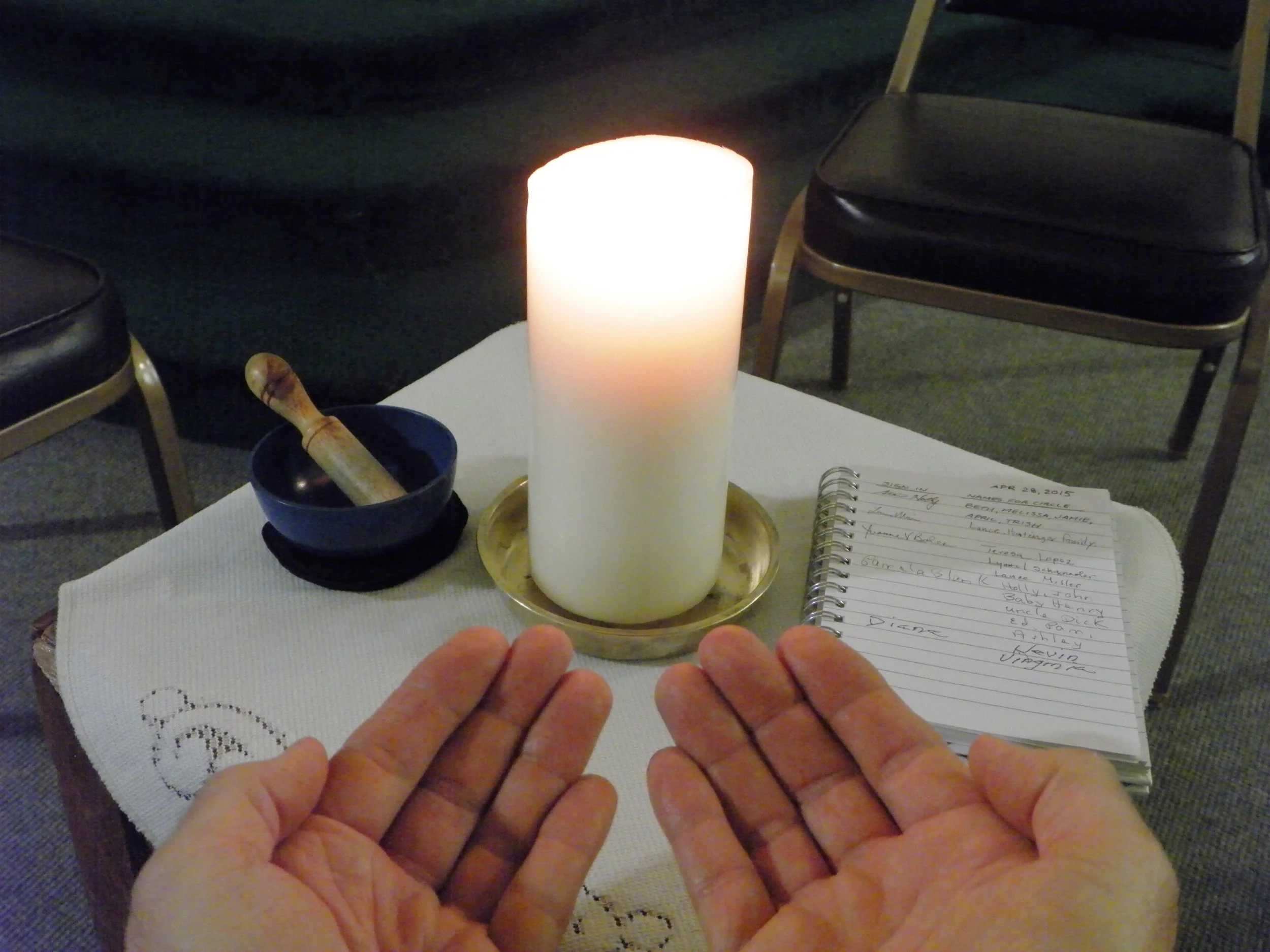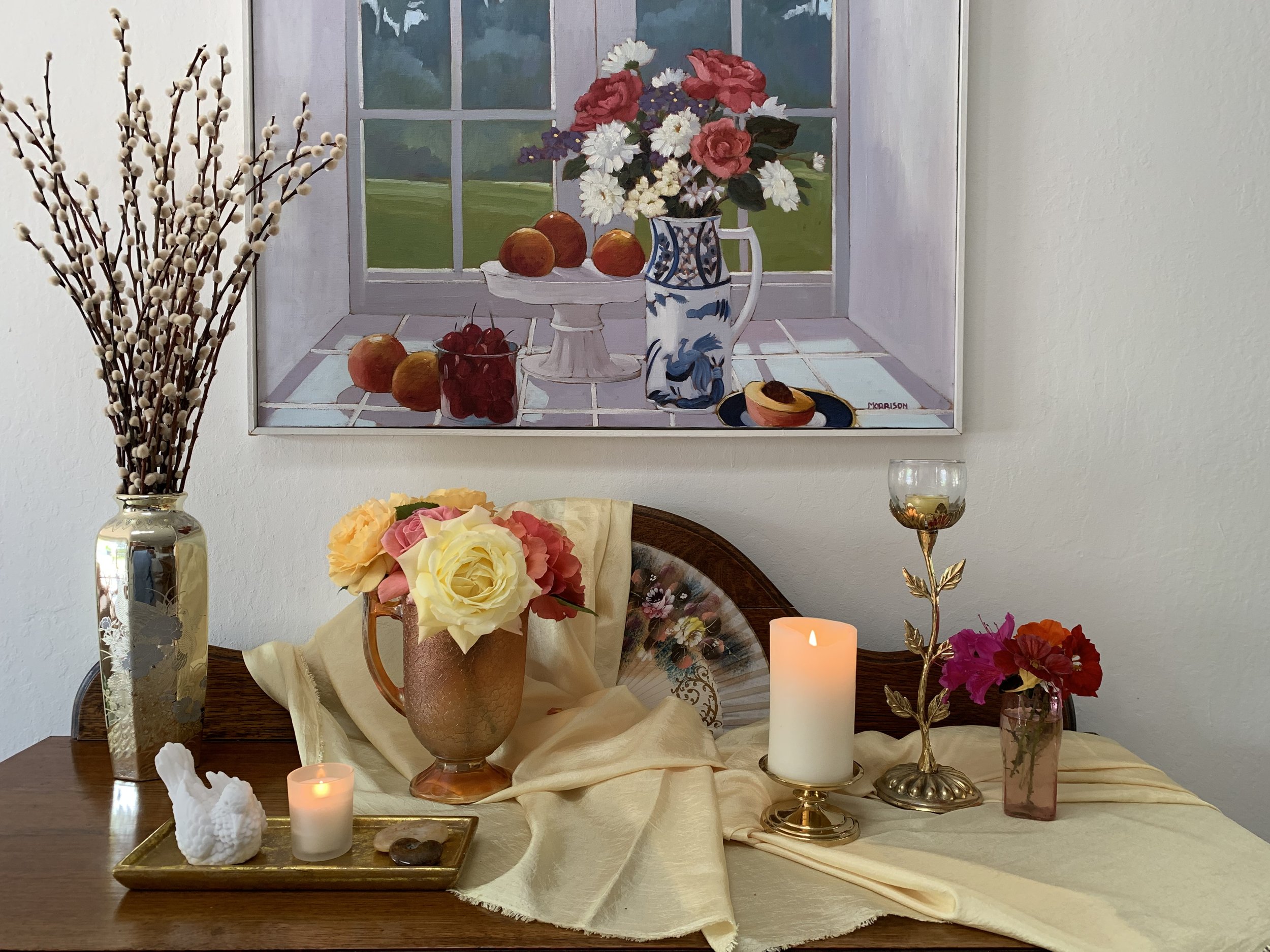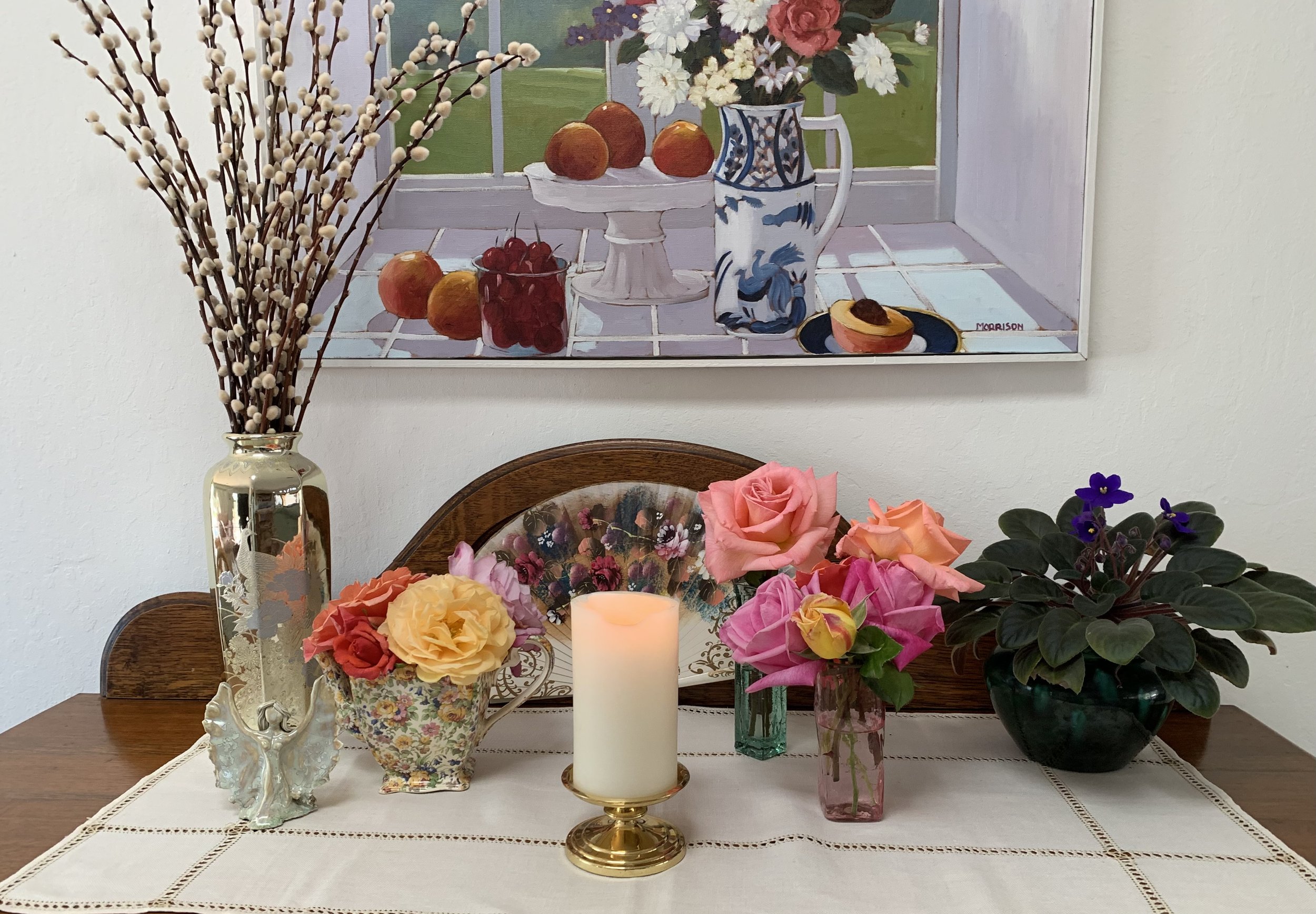Viticulture
/Prior to the surge in residential growth of the 1950’s and being away from coastal fog and wind, the rich land between Mission Blvd. and today’s Fremont Blvd. and surrounding Mission San Jose was ideally suited for the planting of grapes. This area has been home to as many as four wineries between 1797 and 1996. The earliest vineyards were planted in 1797 and were maintained by the Spanish Missionaries until 1850 when John Horner and E.L. Beard purchased 30,000 acres of the Mission San Jose land grant. In 1894 Juan Gallegos of Costa Rica purchased the entire estate and built the imposing brick Gallegos Winery at the base of the natural hillside in Irvington. Gallego’s in-law Carlos Montelegre purchased the thriving winery in 1892 and formed the Palmdale Company encompassing 600 acres of vineyards with annual wine production of over one and a quarter million gallons. Unfortunately, it ended abruptly in April of 1906 when the Palmdale Winery was demolished and stockpiles of aging wines were ruined by the great San Francisco earthquake.
C.C. McIver purchased Mission San Jose’s Palmer Estate in the late 1880’s and farmed 1000 acres of vineyards and orchards. He operated the McIvor Winery and famed Linda Vista gardens for several decades until the vines died out due to an infestation of phylloxera. The property was later used for olive and prune orchards and became popular East Bay destination for picnics, swimming and dancing as Linda Vista Park.
Leland Stanford’s brother Josia planted and managed the Leland Stanford Vineyard and Winery just down Mission Blvd. in neighboring Warm Springs between 1869 and1893. The large parcel was ultimately was purchased by Rudolf and Fred Weibel in 1945 and their Weibel Winery produced a variety of custom champagnes until relocating the winery operations to Northern California in 1996.
A few remnants remain of more than 200 years of wine production in Mission San Jose. Although upscale homes and have replaced all of the vineyards the original brick Stanford Winery building still stands at the end of Stanford Lane in Fremont near the Mission Peak Regional Park staging area and the imposing brick ruins of the Gallego Winery and signature palm trees are on BART property at the corner of Washington Blvd. and Osgood Road in Mission Valley.
The lesson that life is about evolution and that nothing is forever is repeated once again in the story of area viticulture history. As we approach the final congregational decision about the future of UCH, we need to adapt to the reality of the changing world around us and our diminishing capabilities and resources. Be sure to let your voice be heard on how you vision our church in the future. No whining! -Bill












